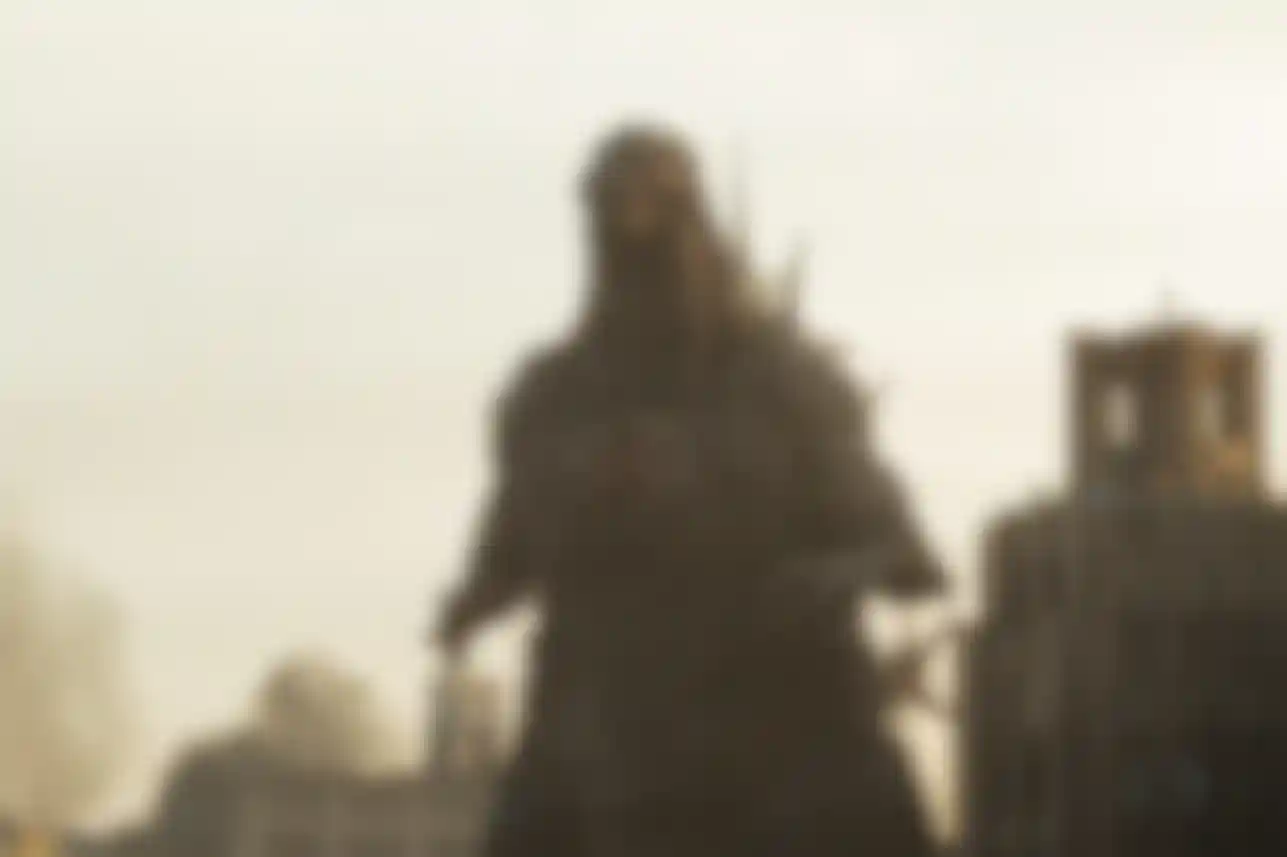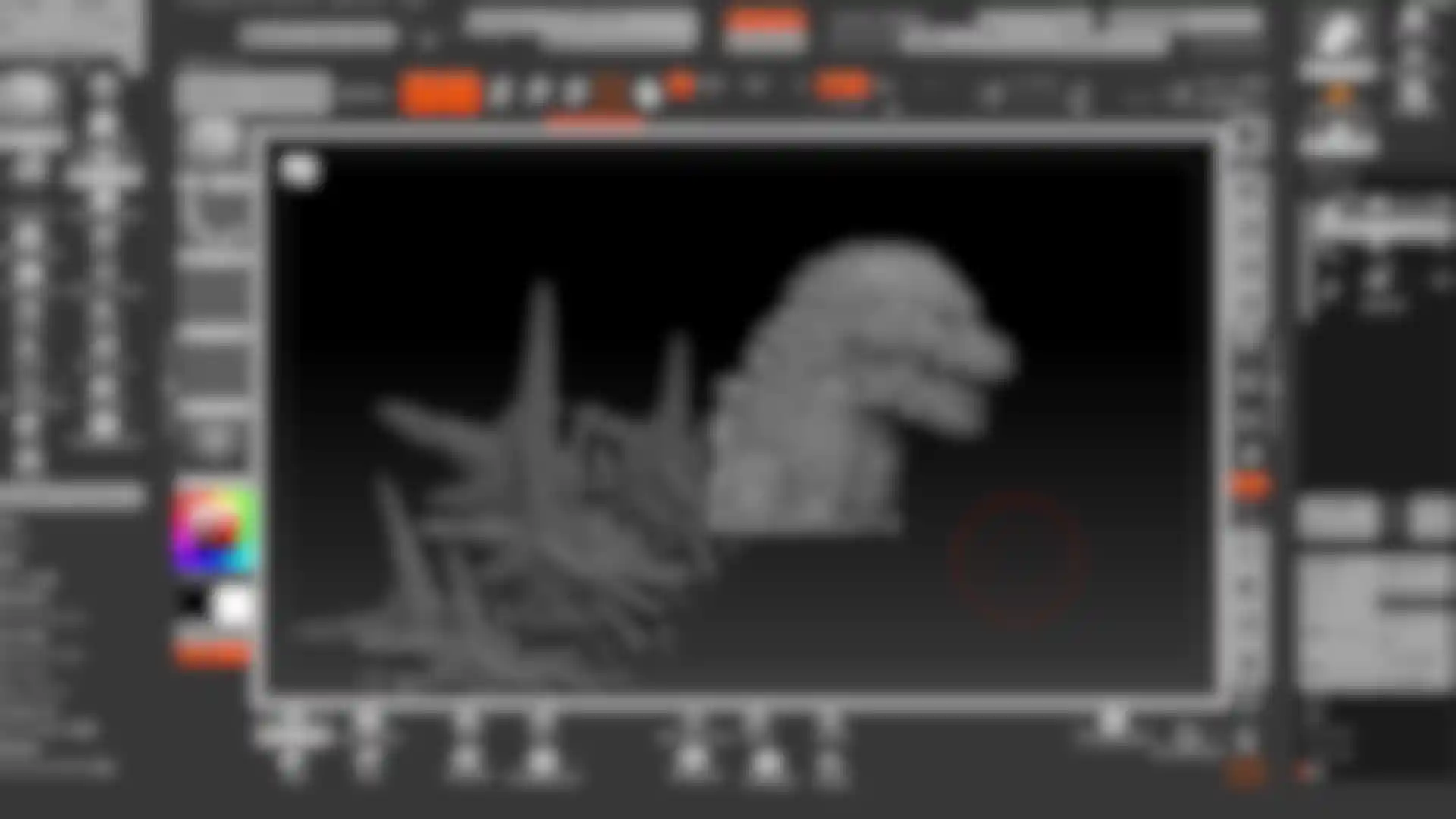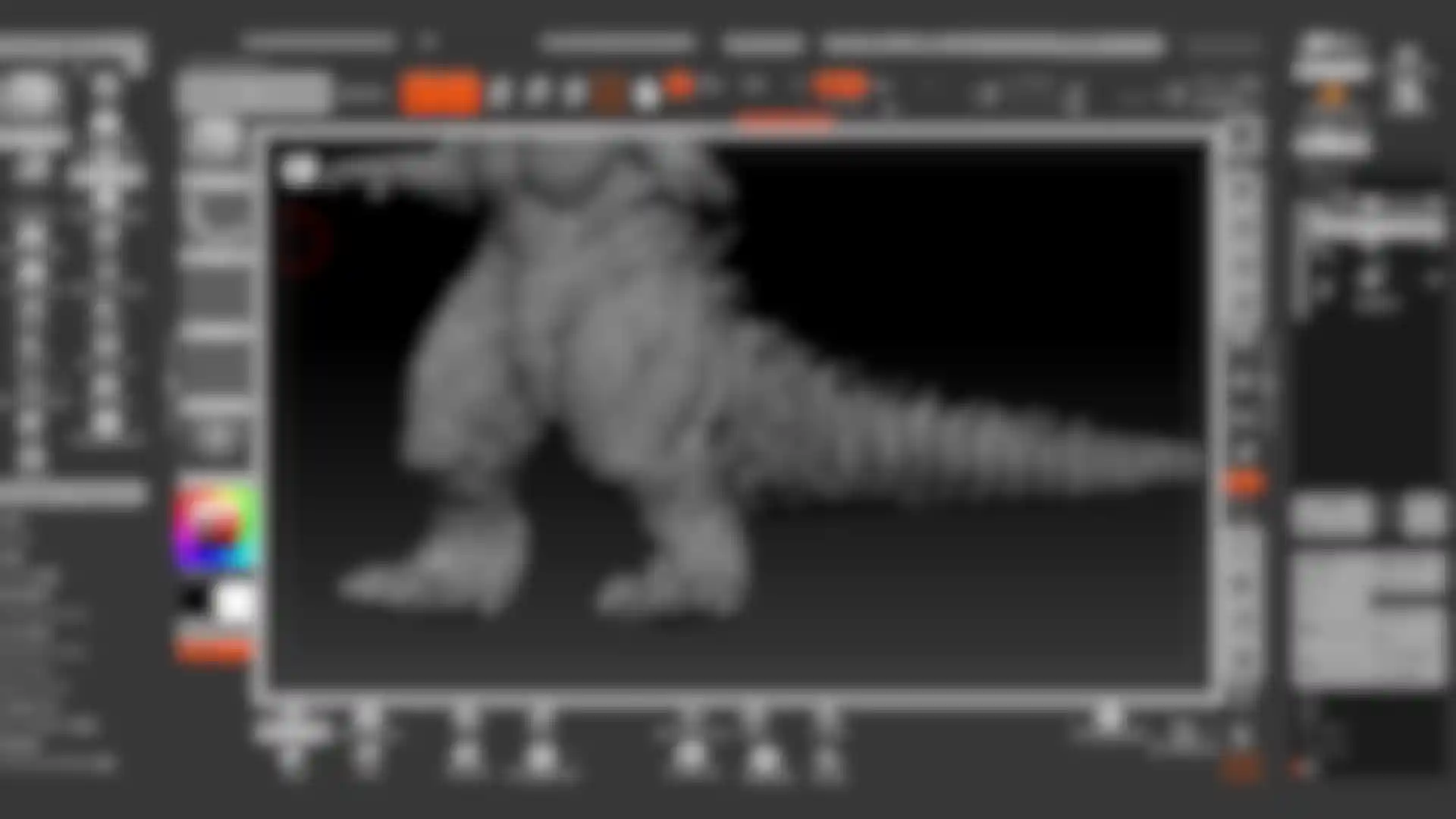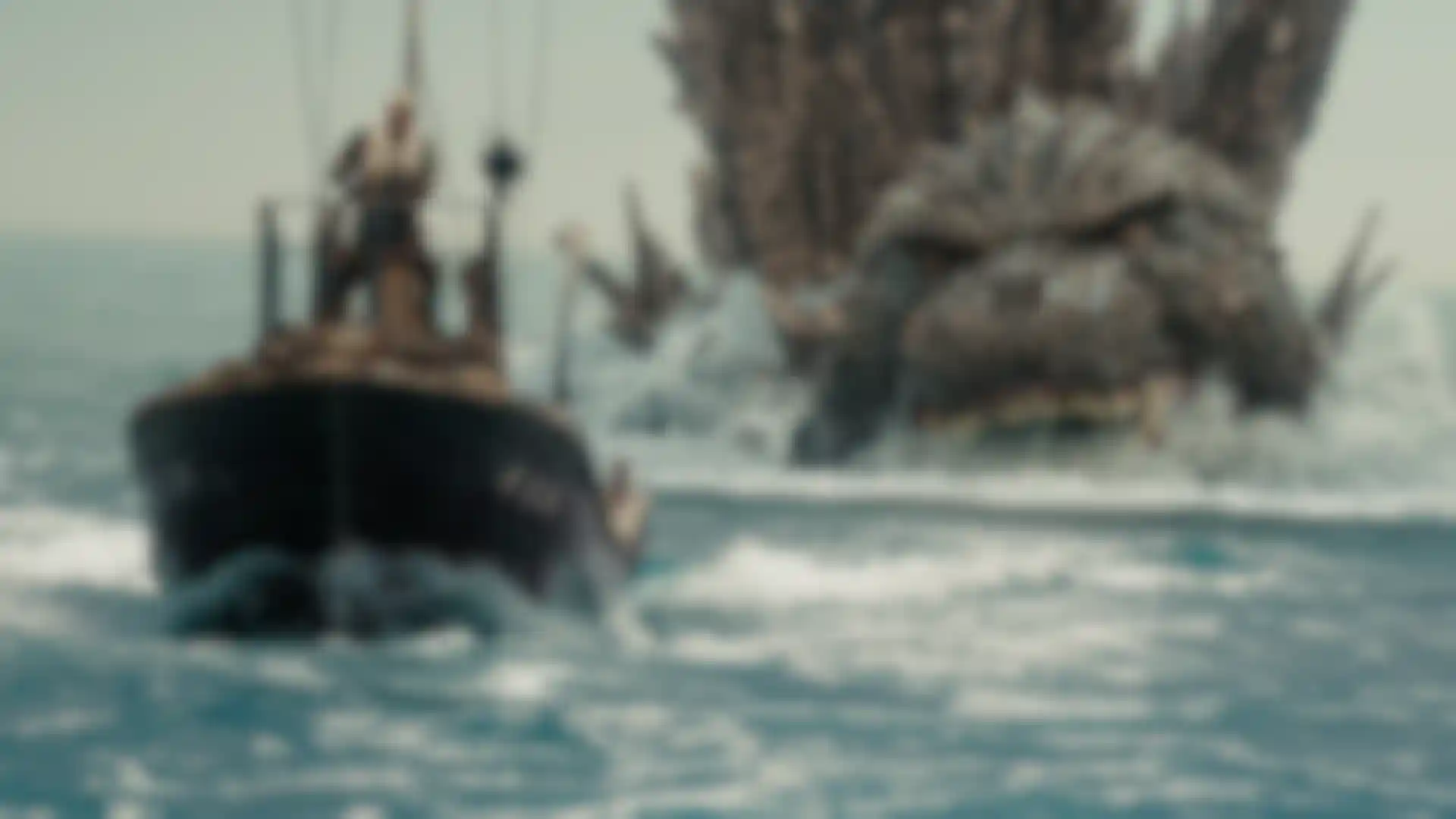
Behind the Scenes of ‘Godzilla Minus One’ Using ZBrush to reimagine an iconic monster.
Just in time for the 70th anniversary of the Godzilla franchise, "Godzilla Minus One" has hit theaters to rave reviews all around. The first Godzilla film made in Japan since 2016’s “Shin Godzilla,” the new film is an origin story with Godzilla appearing as Japan struggles to recover from the devastation of World War II.
We spoke with Director Takashi Yamazaki and Modeler Kousuke Taguchi about “Godzilla Minus One,” including how ZBrush was used to design the fearsome monster.
How did you concept the new monster?
Yamazaki: When we created "Godzilla: The Ride" at Seibuen Amusement Park near Tokyo, we aimed to create the ultimate Godzilla along with Mr. Taguchi, and it was quite a challenge. For this film, we took a lot of time to explore how we wanted to create the monster, and we eventually decided the Godzilla model from the theme park ride was what we wanted.
It was both cool and frightening, while still embodying the common elements of the Godzilla tradition. We wanted a vertical stance, with very thick and robust legs, giving the overall shape a mountain-like appearance. We focused on making the lower body very massive and the face frightening, yet unmistakably Godzilla.
How did you design the difference between the early version of Godzilla and the one that survived nuclear blasts?
Yamazaki: The Godzilla character that was first seen on Odo Island was written as Gojira and based on the concept of a dinosaur survivor with incredible regenerative abilities. It became Godzilla through a process of regeneration after being burned in the nuclear blast of Operation Crossroads.
The larger Godzilla is somewhat of a traditional Japanese Godzilla, resembling both a monster and a deity, so we focused on making it stand vertically. For our CG approach, we did a muscle simulation for the Odo Island’s Gojira as a representation of the dinosaur. But a muscle simulation for the larger Godzilla would have made it too animalistic, so we relied instead on skeletal bone movement for animation.
Talk us through your workflow for designing Godzilla?
Yamazaki: I made a rough 3D maquette in ZBrush and Mr. Taguchi took it from there as a 3D sculptor and modeler, adjusting the balance and adding incredible details. I trust his artistic sense greatly. We handled billions of polygons, so the model had to be converted into numerous displacement maps for rendering with Redshift. The workflow involved animating a relatively light model and applying various maps for the final render.
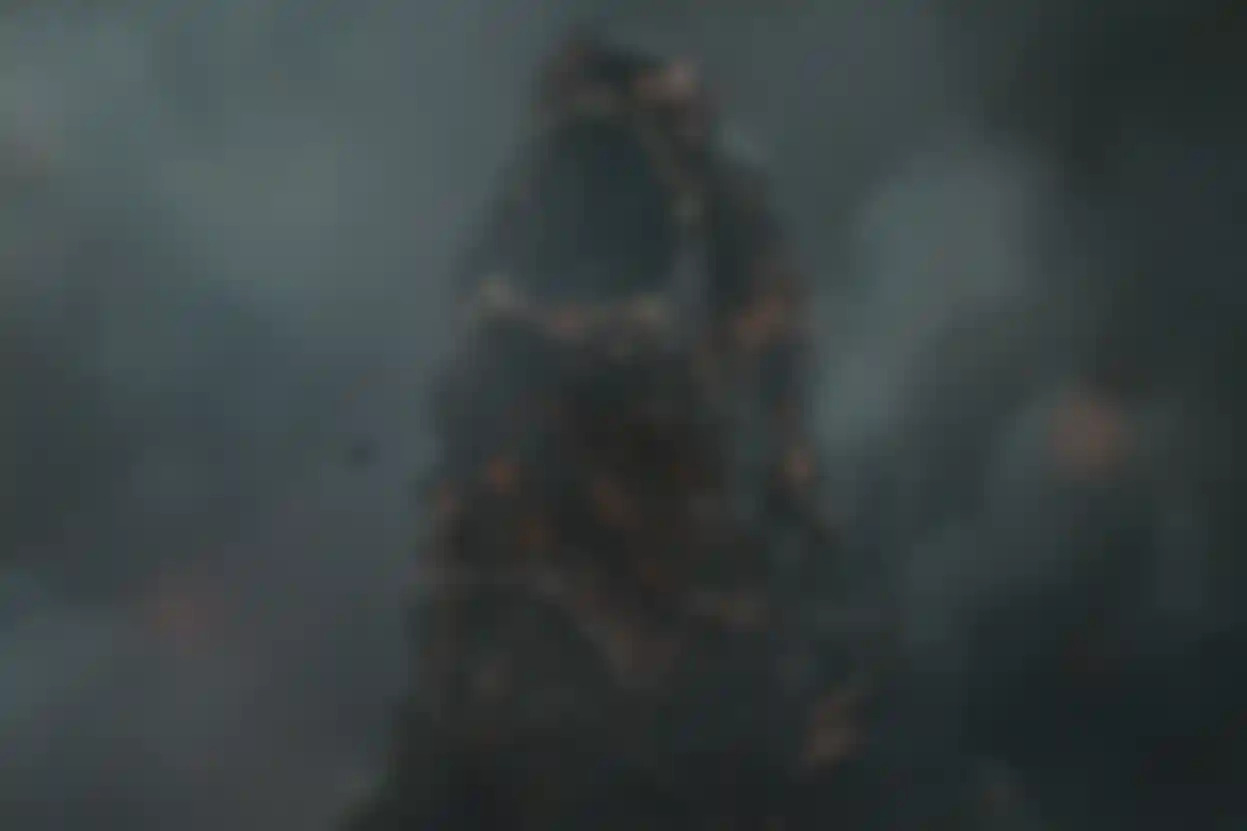
Taguchi: We retopologized the maquette and used Mudbox for the final displacement maps. Rendering was done with Maya and Redshift to complete the model and over time I refined the initial design with the director’s input.
What ZBrush tools were used to create the monster?
Taguchi: For film models, I mostly use Sculptris Pro until the approval stage, then I retopologize for detailing. My main ZBrush brushes are Standard, Dam Standard, Inflate, and Move, along with some custom alpha and VDM (Vector Displacement Mesh) brushes.
Yamazaki: I often use custom InsertMultiMesh brushes for quickly creating rough maquettes, and I have a set of custom monster brushes for adding details efficiently. I find UV Master to be incredibly helpful for automatically grouping and unwrapping UVs when I’m working quickly.
I also use features for creating clean 3D curves with masking and Polygroups, especially for creating alien spacecraft. It's a fun process, especially as a film director, as it feels like I’m extracting ideas directly from my head.
How did you design Godzilla’s eyes?
Taguchi: I was influenced by Hollywood Godzilla designs, which typically have smaller eyes compared to the traditional Godzilla. Initially, I worked with smaller, crocodile-like eyes, but the director preferred the traditional, more distinctive eye shape. We went through several iterations of rendering to find the right balance, ultimately settling on a slightly more human-like almond shape, which felt appropriately terrifying.
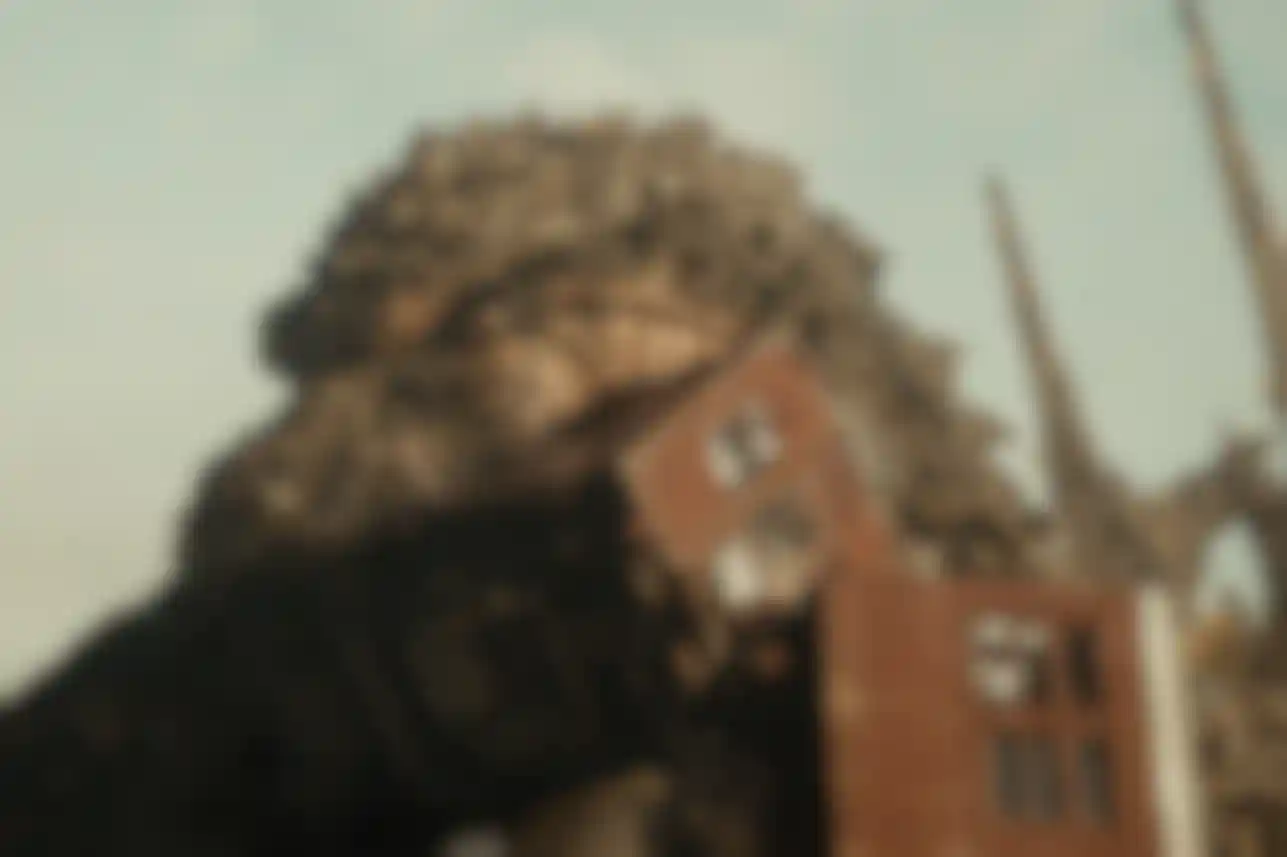
Did you create separate, more detailed models for close-up scenes?
Yamazaki: We prepared for close-ups to a certain extent, but the actual need for specific close-ups only became clear when we framed the shots, so we created a model with enough detail to withstand close-ups of any part.
How do you feel the creation of movie creatures has changed over time?
Yamazaki: We've explored what ZBrush and other sculpting software can do, and this project was the final result of our research in creature creation using these tools. Creating such creatures, especially those that look realistic in CG, requires significant skill. The dinosaurs in Jurassic Park, for example, were created before the era of sculpting software, and they still amaze me.
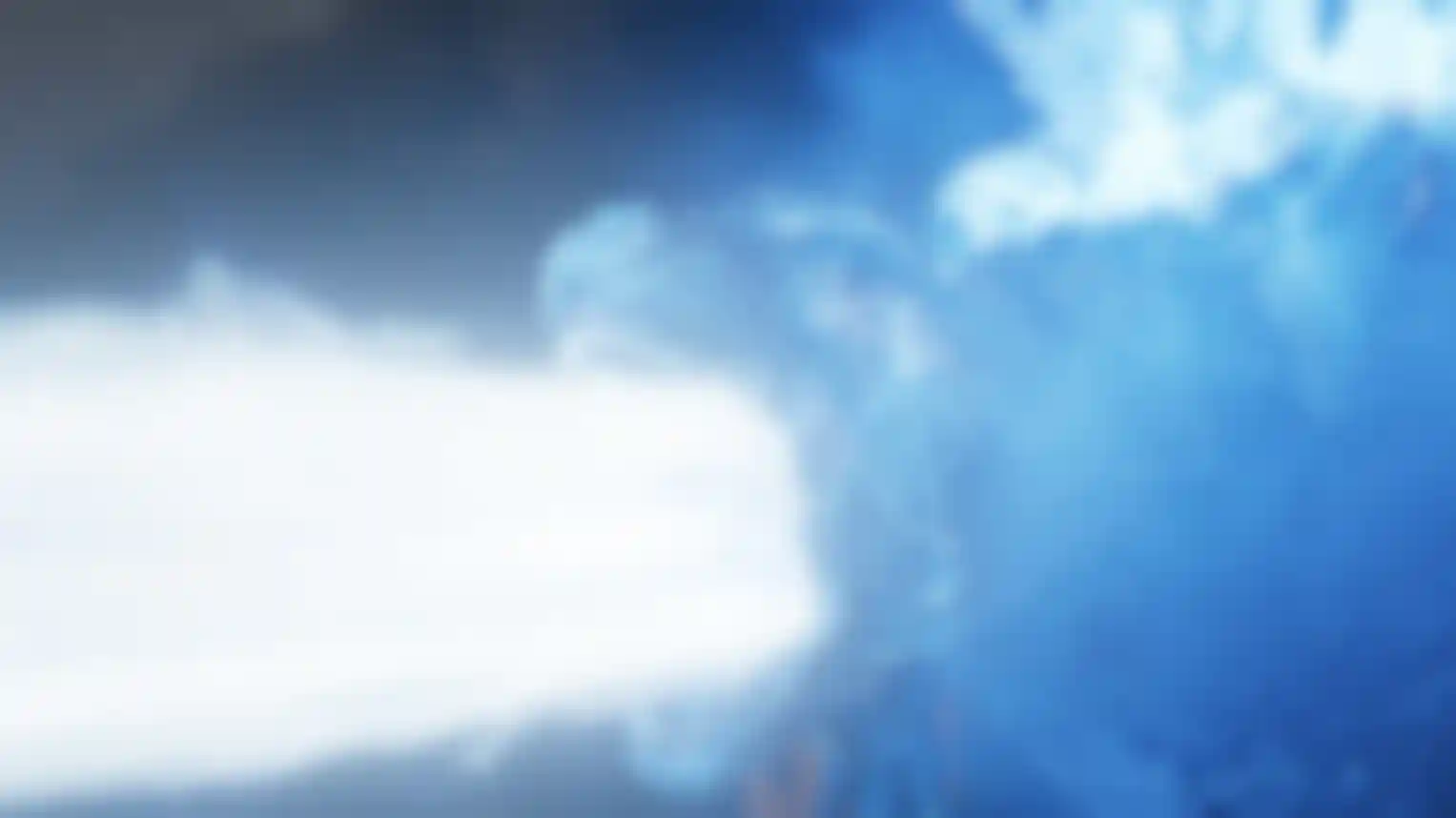
ZBrush has democratized the creature creation process, allowing us to create similar creatures and helped us bypass certain steps, bringing us closer to the final form quickly. In the past, we needed to explore designs with clay models, but with digital tools it's faster and easier to achieve the model we want.
It’s gratifying to see the near-final stage of the movie taking shape in my hands. Tools like ZBrush allow me to try things out in the 3D space and view them from various angles. It's a fun process for a film director, and it would be quite something if James Cameron, who is also a hands-on designer, learned ZBrush.
Toshihide Miyata is a Marketing and Support Specialist at Maxon.



